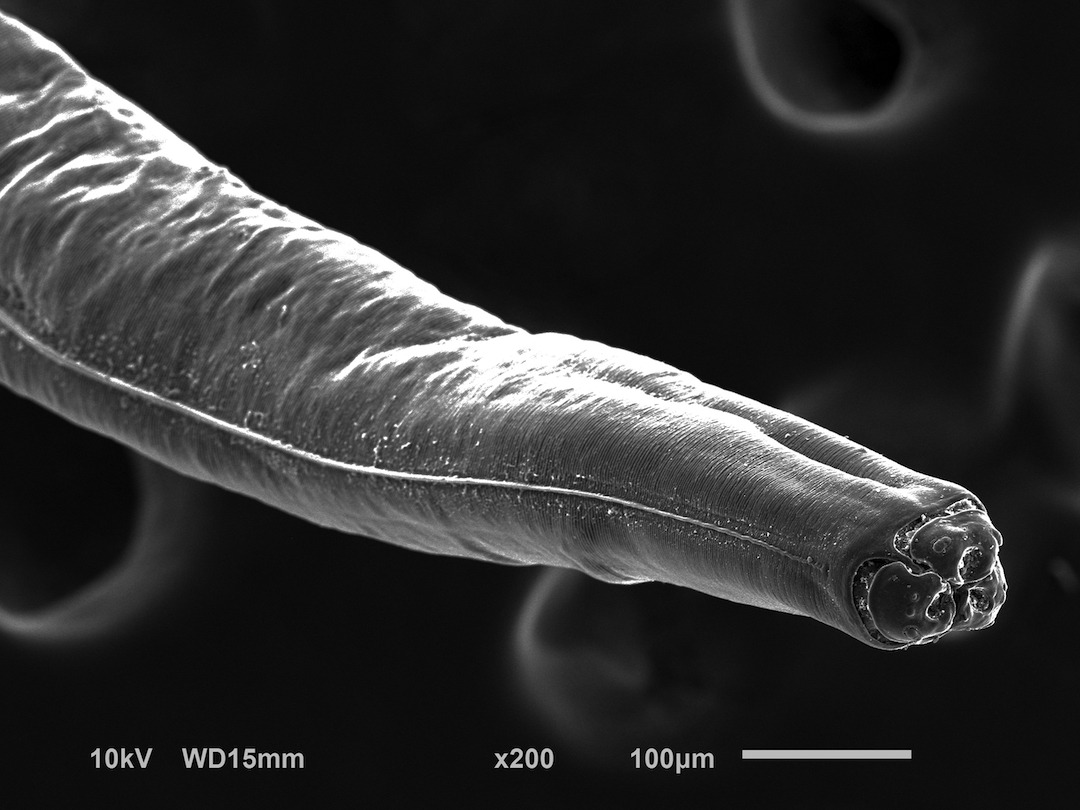A rare parasite causing tumors in cats was identified in Costa Rica. This discovery has raised concerns among scientists and the general public alike.
Initial Discovery at a Veterinary Clinic
The discovery commenced at the veterinary clinic of Dr. Ana Estrada in San Rafael de Heredia. A cat was presented with a nodular mass in its ear. Upon surgical inspection, Dr. Estrada found nematodes, a type of roundworm, but was unable to determine the species.
Investigation and Identification
Dr. Estrada entrusted the nematodes to the Parasitology Laboratory at Universidad Nacional (UNA) for initial morphological analysis. Further molecular analysis, involving DNA extraction and genetic profiling at Universidad de Costa Rica (UCR), led to the identification of the parasite: Lagochilascaris minor.
Although this parasite is common in several Latin American countries like Argentina, Mexico, Uruguay, and Brazil, it had never been reported in Central America. Its characteristic symptom is the development of nodular masses in felines.
Follow-up Discoveries and Implications
The story took another twist when Dr. Estrada treated another cat with a mass near its esophagus. The familiar presence of the nematodes was confirmed after lab tests at both UNA and UCR.
Alicia Rojas and Alberto Solano, microbiologists from UCR, expressed surprise at these back-to-back discoveries. Given that two instances were reported within a short span, researchers believe that more undiagnosed cases could exist in the country.
According to Solano, the discovery highlights the potential risks to both cats and humans from this parasite. The unexpected location of the parasite in the cats’ bodies, outside of the usual intestinal site, suggests mysteries that are yet to be unraveled.
DNA Sampling and Imaging
Further investigation into the parasite’s appearance led the team to the Instituto Tecnológico de Costa Rica (Tec). Advanced microscopy at Tec revealed a unique conical head and three lips with sensory structures in the nematode.
Remaining Questions and Future Research
The manner in which the nematodes infested specific regions of the cats remains a puzzle. Their behavior, circulation, and characteristics in the Costa Rican environment are subjects that demand further exploration.
The study underscores the pressing need for deeper research and awareness regarding this parasitic infection’s impact on animals and potentially humans in Costa Rica and Central America.

